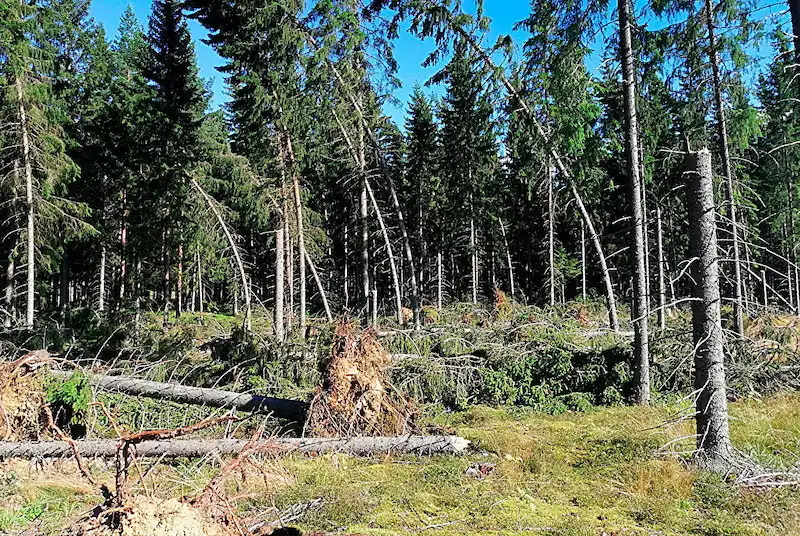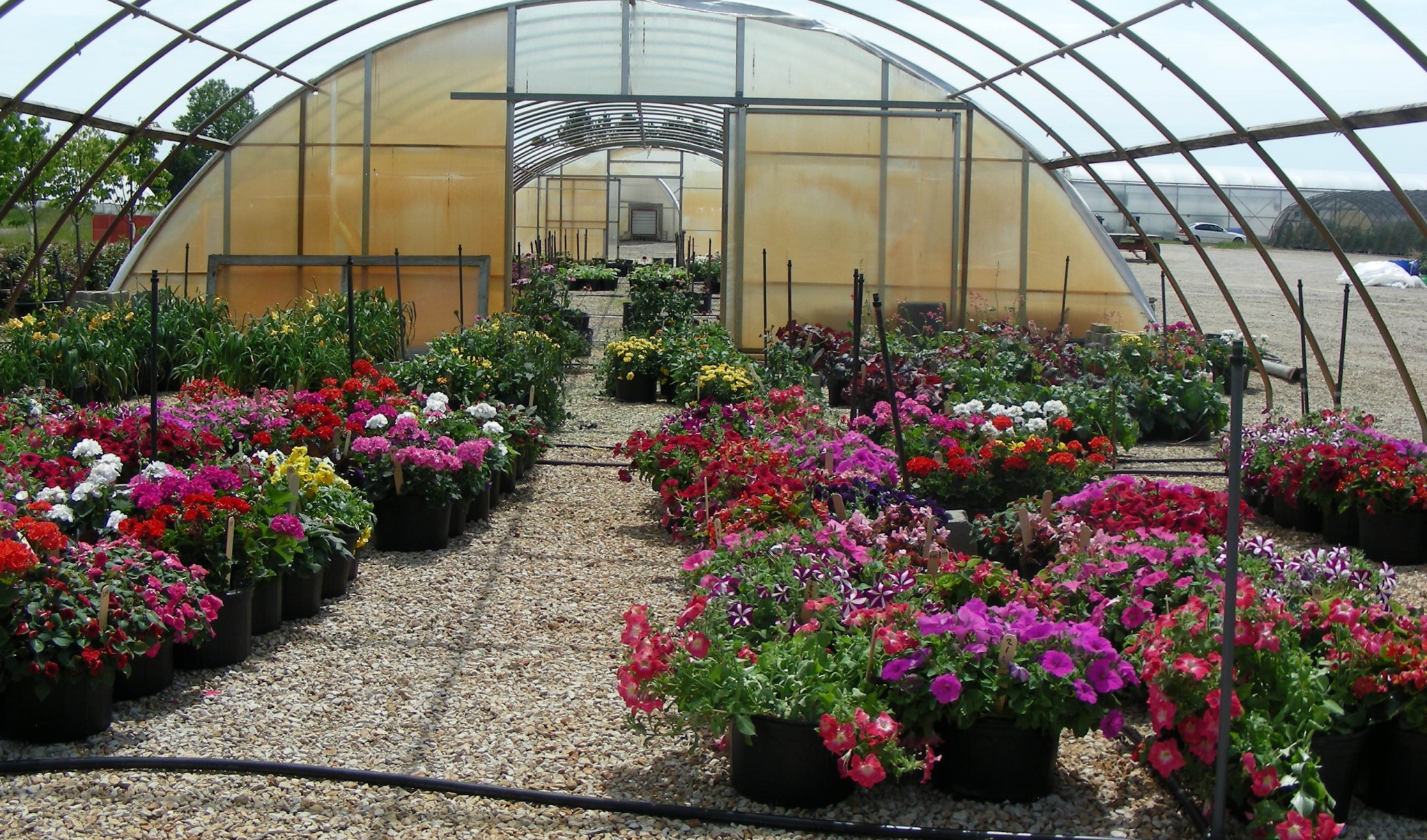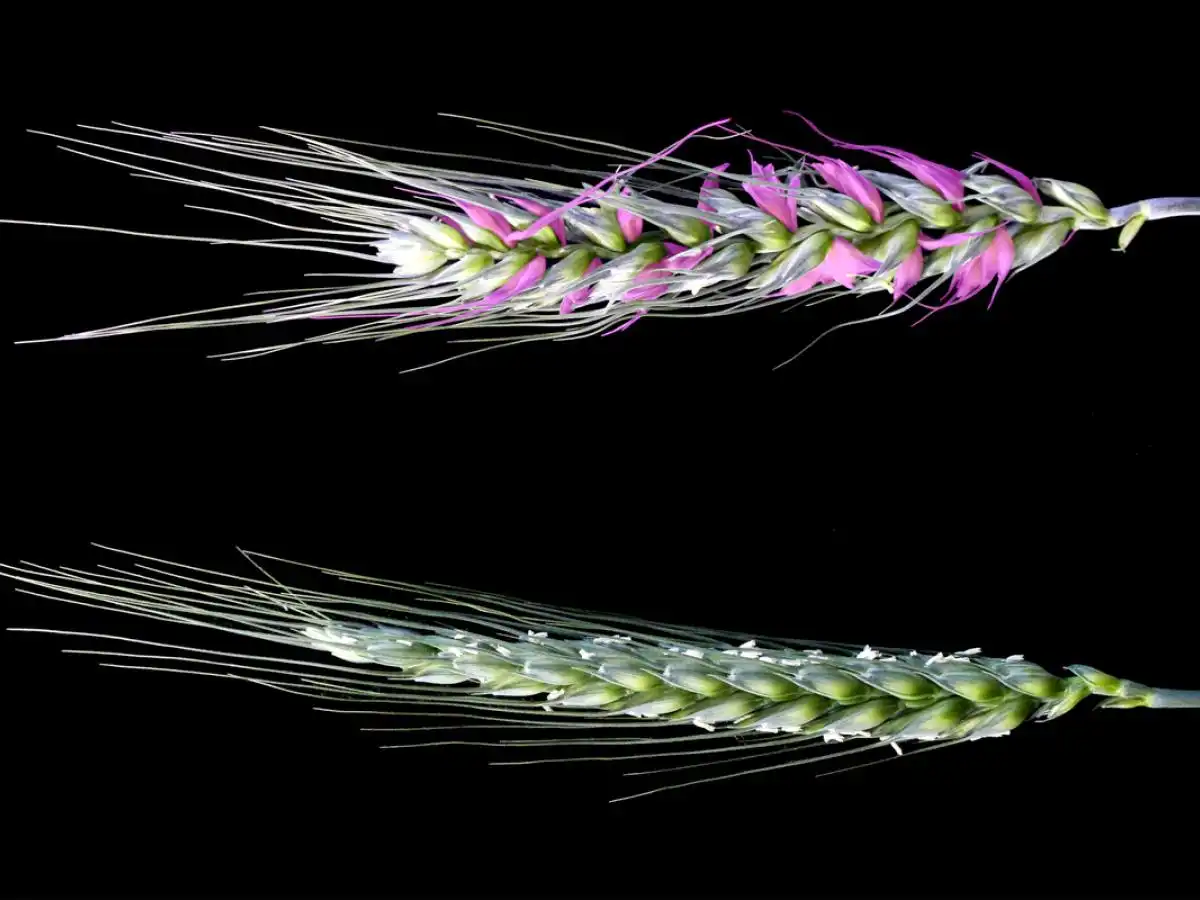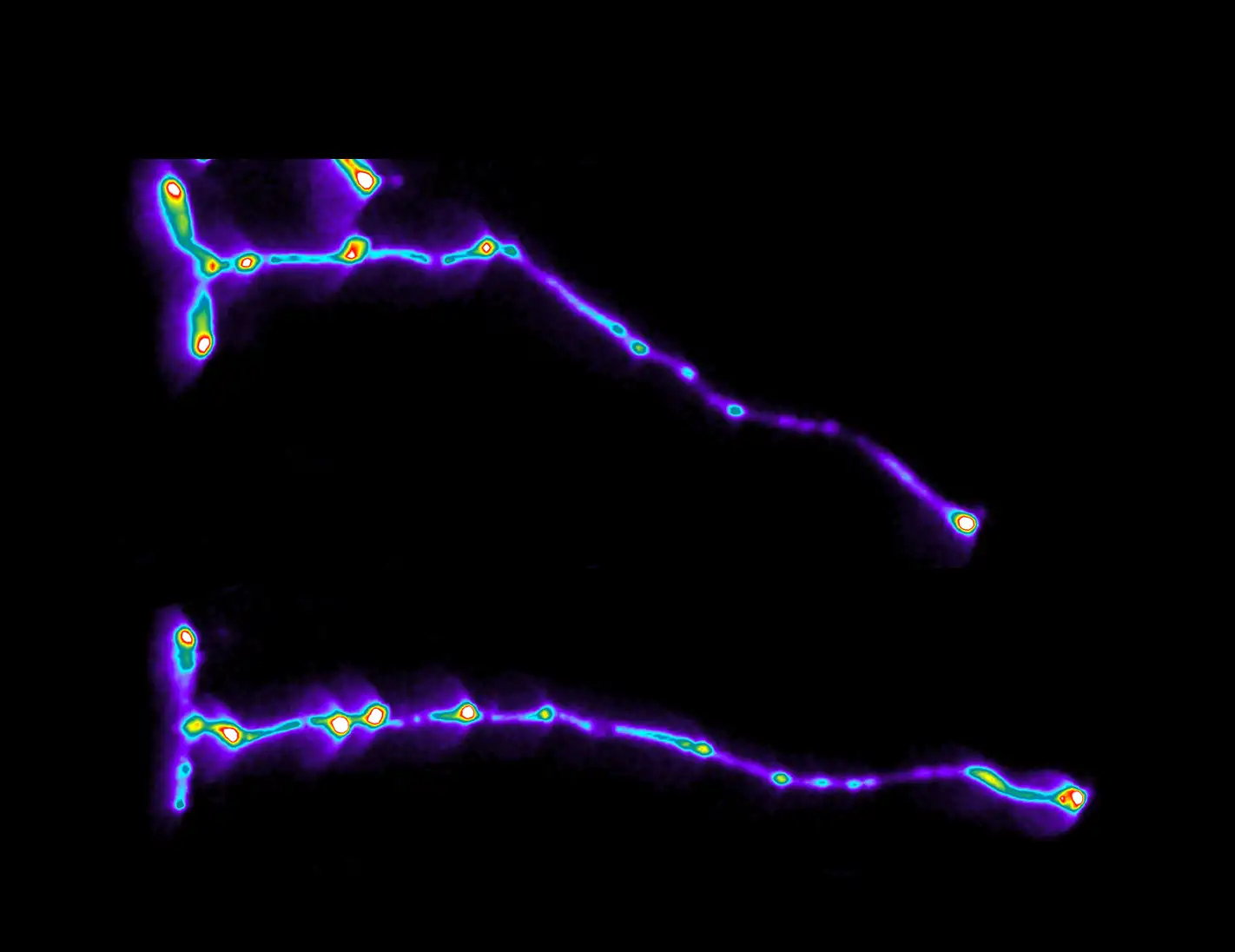
A study reveals seaweed forests are crucial for oceanic carbon storage, transporting 10 to 170 million tonnes of carbon annually to deep ocean sinks. These findings highlight the importance of protecting and restoring seaweed forests, as they play a vital role in climate change mitigation and biodiversity.













